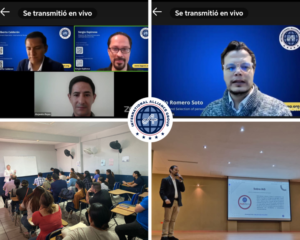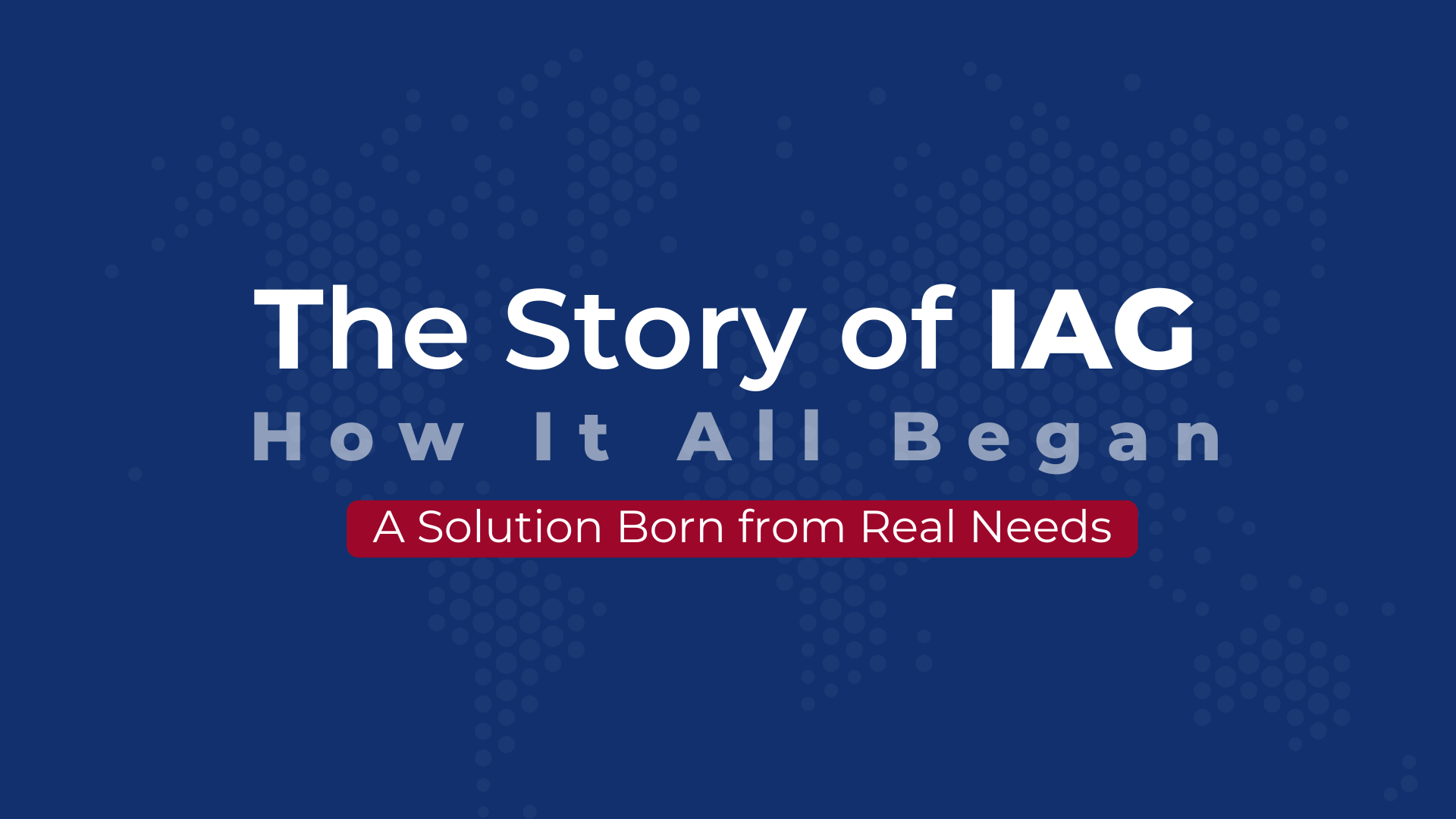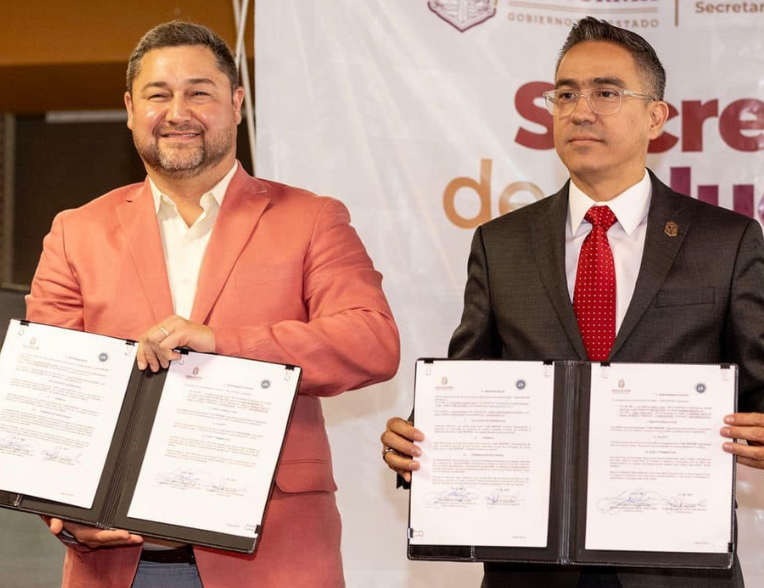When you think of leadership in schools, images of principals or administrators often come to mind. But what if we told you that some of the most transformative leaders in U.S. schools today are stepping into classrooms. Latin American teachers bring a powerful, unique form of leadership grounded in resilience, cultural awareness, and innovation. Their impact reaches far beyond instruction, shaping school policies, classroom practices, and community dynamics.
Latin American teachers often lead through lived experiences, bridging gaps that other educators may not even see. Research shows that educators with diverse backgrounds significantly enhance student outcomes and drive systemic improvements.
Resilience as Leadership: strength in adversity
Imagine navigating a new culture, mastering a second language, and thriving in an unfamiliar educational system—all while maintaining high professional standards. This is the journey of many Latin American teachers. Their resilience shapes their leadership style, creating classrooms that celebrate perseverance and grit.
This mindset translates directly to students. When students see their teachers succeed against odds, they’re inspired to adopt a similar approach to their own challenges. Schools led by educators with this perspective report higher student engagement and better problem-solving skills in academic settings.
Leadership beyond the classroom: advocates for equity
Latin American teachers excel in turning personal experience into advocacy. Having firsthand insight into systemic barriers, they often become champions of equity within their schools. They advocate for policies that support underserved populations, particularly in programs like English Language Learning (ELL) and Social-Emotional Learning (SEL).
For example, in one urban school district, Latin American educators successfully campaigned for curriculum adjustments that incorporated multicultural literature. This shift not only reflected their students’ experiences but also improved comprehension scores by 18%.
Their advocacy isn’t limited to policies. They actively lead initiatives that make learning environments more inclusive, from organizing cultural appreciation days to mentoring younger staff on culturally responsive teaching methods.
A Fusion of Global insights and Local Impact
Latin American teachers bring cross-border insights that enhance U.S. educational practices. Take the example of their unique instructional strategies, such as “talleres,” which prioritize collaborative problem-solving and hands-on learning. This methodology encourages students to think critically and work collectively, fostering skills essential for 21st-century success.
When these methods are combined with the demands of U.S. standards, the result is a dynamic classroom where innovation thrives. Students learn not only academic content but also collaborative and analytical skills that prepare them for college and careers.
Building bridges: Community-Centric Leadership
For Latin American teachers, leadership isn’t confined to the school walls. Their deep connections to culture and community make them natural liaisons between families and schools.
Through culturally sensitive communication and inclusive events, they foster stronger family involvement. This engagement leads to holistic student success—academically, socially, and emotionally. Schools with such initiatives report higher parent satisfaction and increased student attendance rates, both of which correlate strongly with improved academic outcomes.
Harvard Family Research Project Finding: Schools that prioritize community involvement see a 50% improvement in student achievement metrics, with culturally responsive educators driving much of this success.
Redefining Leadership, Redefining Success
Latin American teachers bring a transformative energy to U.S. schools. Their resilience inspires students, their advocacy reshapes policies, and their cultural insights enrich instruction. These educators redefine what it means to lead, proving that leadership isn’t confined to titles but demonstrated through impact.
In a world that demands inclusive, innovative, and empathetic leadership, Latin American teachers stand out as invaluable assets to our schools and communities. Their contributions ensure not just academic success but the creation of environments where every student—and every teacher—has the opportunity to thrive.
***This blog was written by Global Workforce Development, powered by IAG, an organization dedicated to creating international job opportunities for professionals.
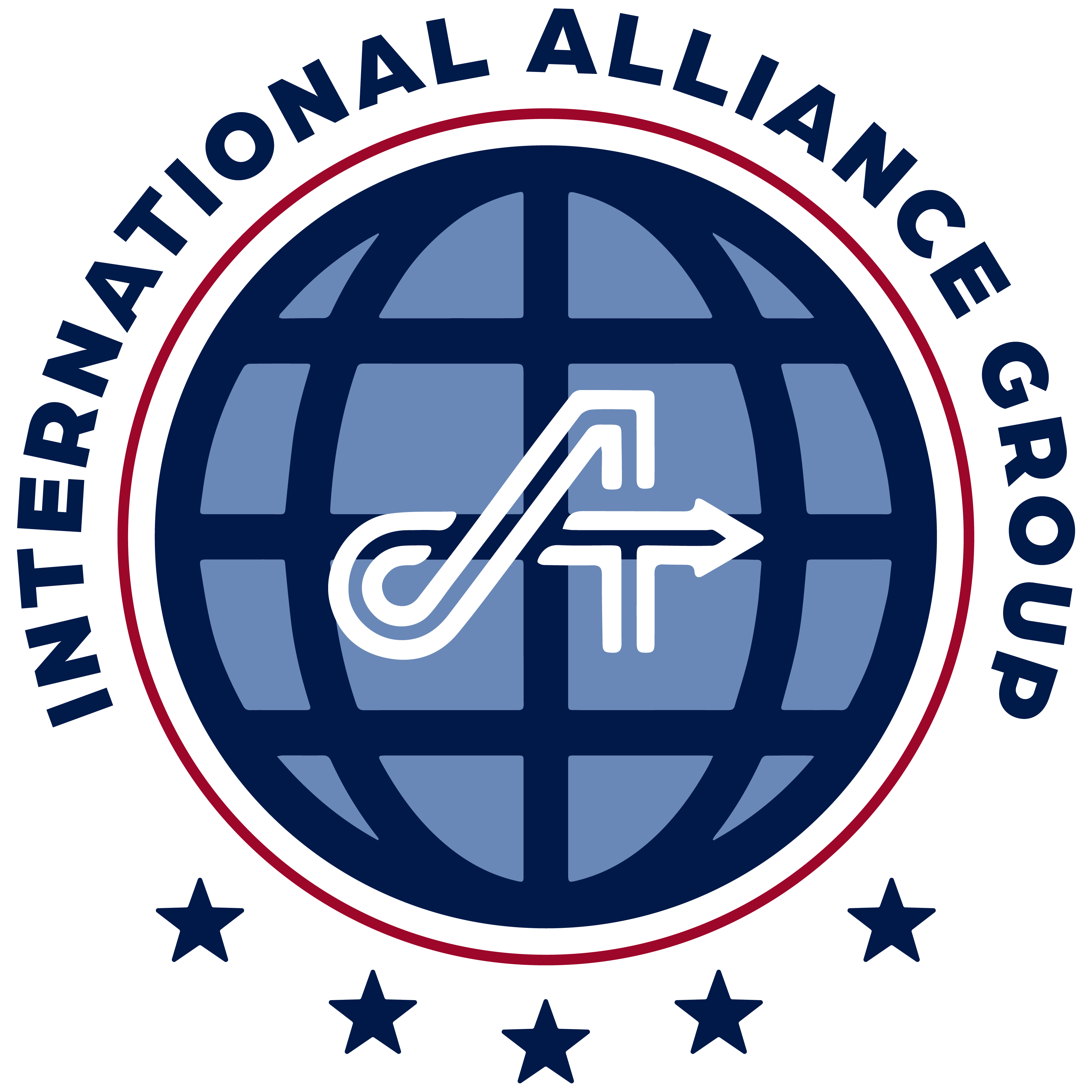


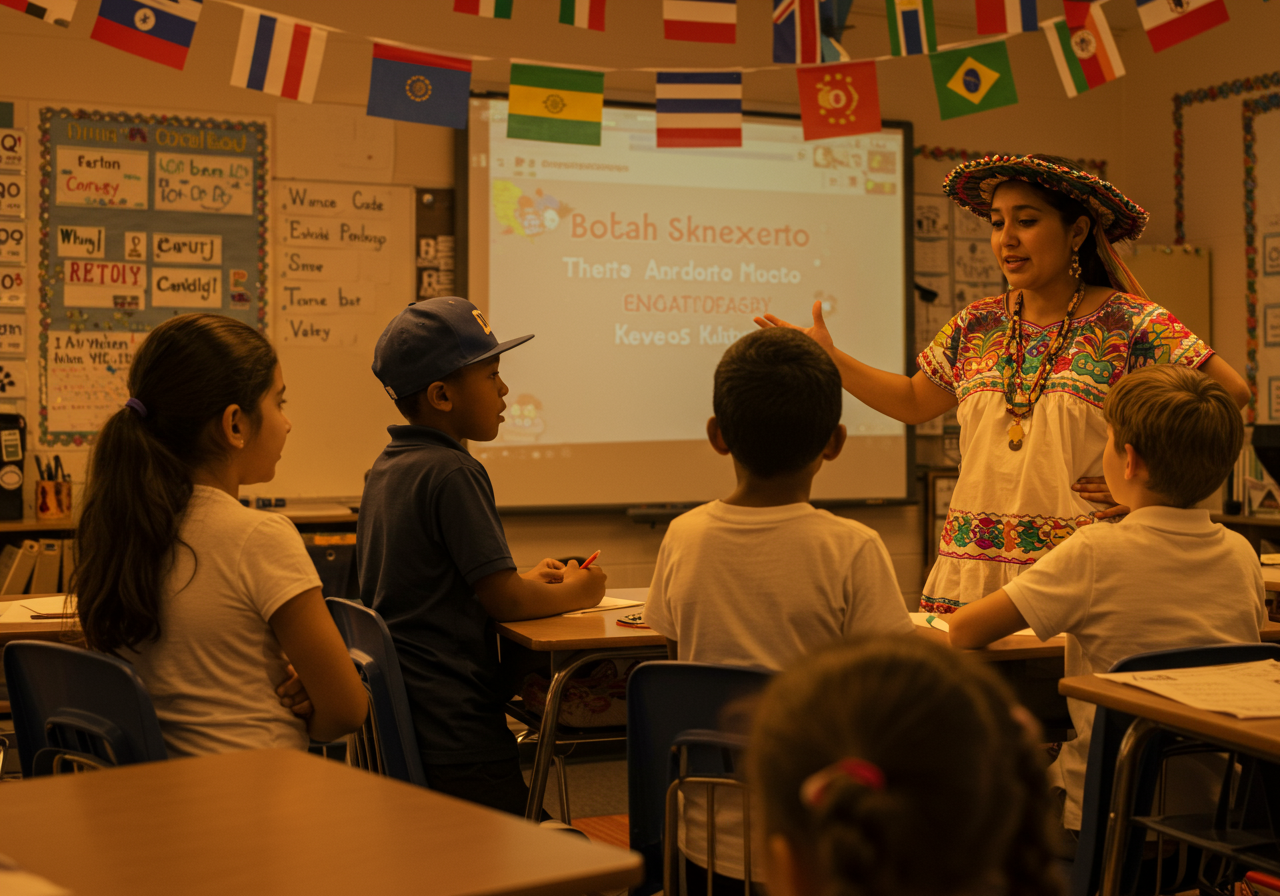

 Descargar Convocatoria Oficial
Descargar Convocatoria Oficial  ¿No sabes tu nivel de inglés?
¿No sabes tu nivel de inglés? 

